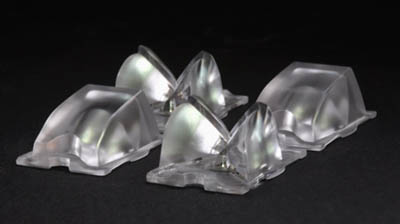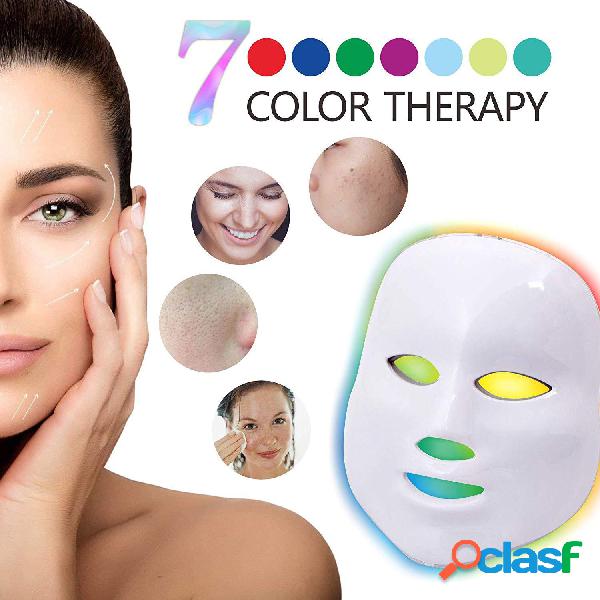

There are many variations on device structure in this region, but all use a form of aluminum gallium arsenide (AlGaAs) or gallium arsenide (GaAs) materials. This is due largely to a lack of interest/demand from the marketplace and therefore a lack of funding to develop alternative material technologies for this wavelength region.ĭeep red to near-infrared ( IRLEDs): 660 to 900 nm Older, less efficient technologies do exist in this pure green region but are not considered efficient or bright. It is interesting to note that neither the InGaN nor AlInGaP technologies are available as a pure green (555 nm) emitter. The lime-green (or yellowish-green 565 nm) and orange (605 nm) are also available in this technology but have limited availability. It is predominately made in traffic signal yellow (590 nm) and traffic signal red (625 nm).

Improvements in optical efficiency have slowed down or stopped over the last few years.Īluminum indium gallium phosphide (AlInGaP) is the semiconductor material used for this wavelength range. The technology for these LEDs is generally viewed as mature. While it is technically possible to make a wavelength anywhere between 395 and 530 nm, most large suppliers concentrate on creating blue LEDs (450 to 475 nm) for producing white light with phosphors, and green LEDs in the 520- to 530-nm range for traffic signal green lighting.

The material for this wavelength range of products is indium gallium nitride (InGaN). While the market for wavelengths 360 nm and longer is stabilizing because of lower prices and plentiful suppliers, shorter wavelengths are manufactured by only a few suppliers, and the prices for these LEDs are still very high compared with the rest of the LED product offerings. Shorter wavelengths utilize proprietary materials. The material primarily used for UV LEDs is gallium nitride/aluminum gallium nitride (GaN/AlGaN) at wavelengths 360 nm or longer. Power output levels greater than 100 mW have been achieved at wavelengths as short as 280 nm. UV LEDs are specifically used for industrial curing applications, water disinfection, and medical/biomedical uses. Ultraviolet LEDs (UV LEDs): 240 to 360 nm Various types of LEDs, the corresponding wavelengths, materials used in their composition, and some applications for the specific lamps will also be discussed. This article will provide an overview of the LED operation and a brief look at the industry. Each wavelength range is made from a specific semiconductor material family, regardless of the manufacturer. The wavelength range of commercially available LEDs with single-element output power of at least 5 mW is 275 to 950 nm.


 0 kommentar(er)
0 kommentar(er)
